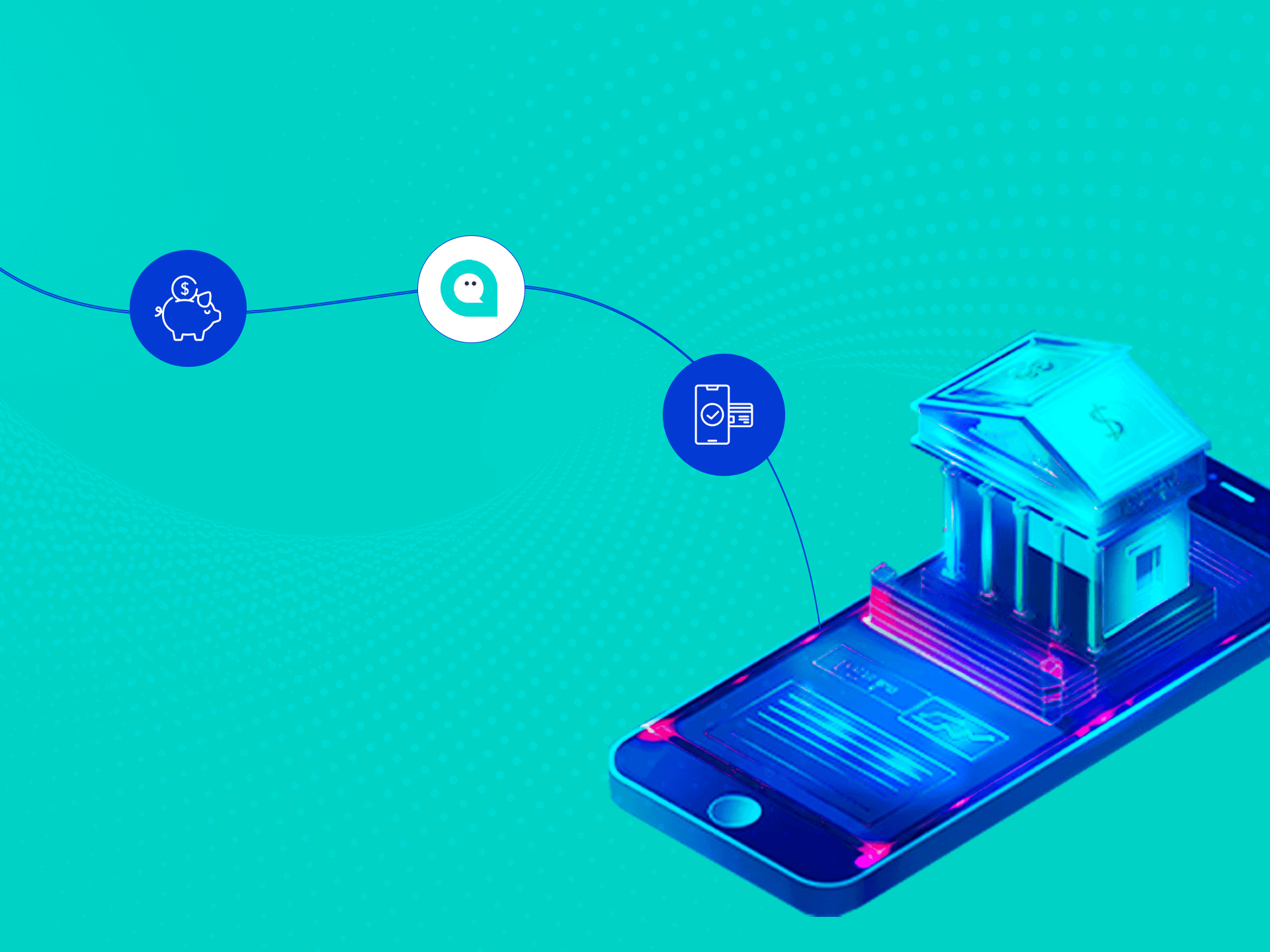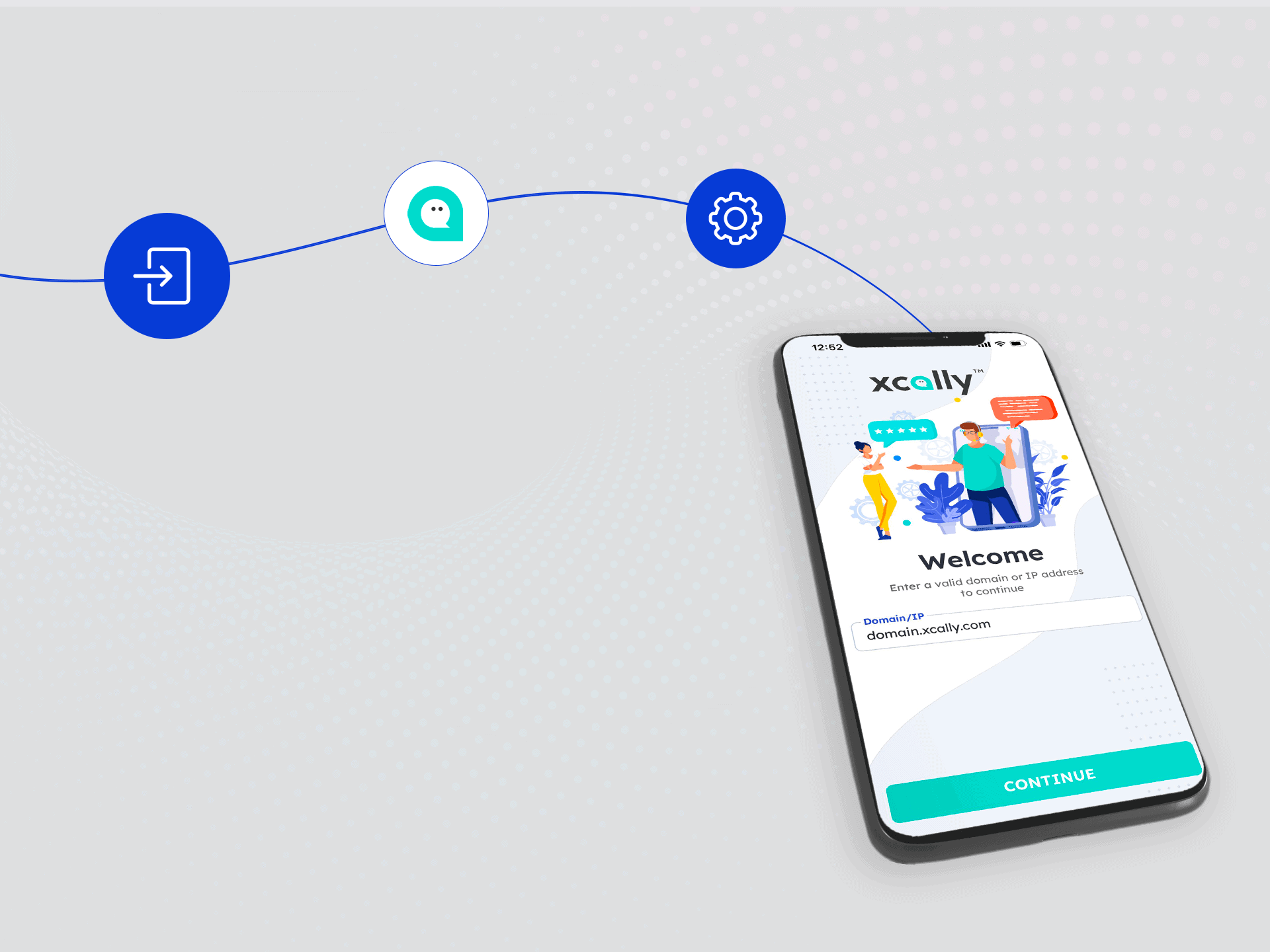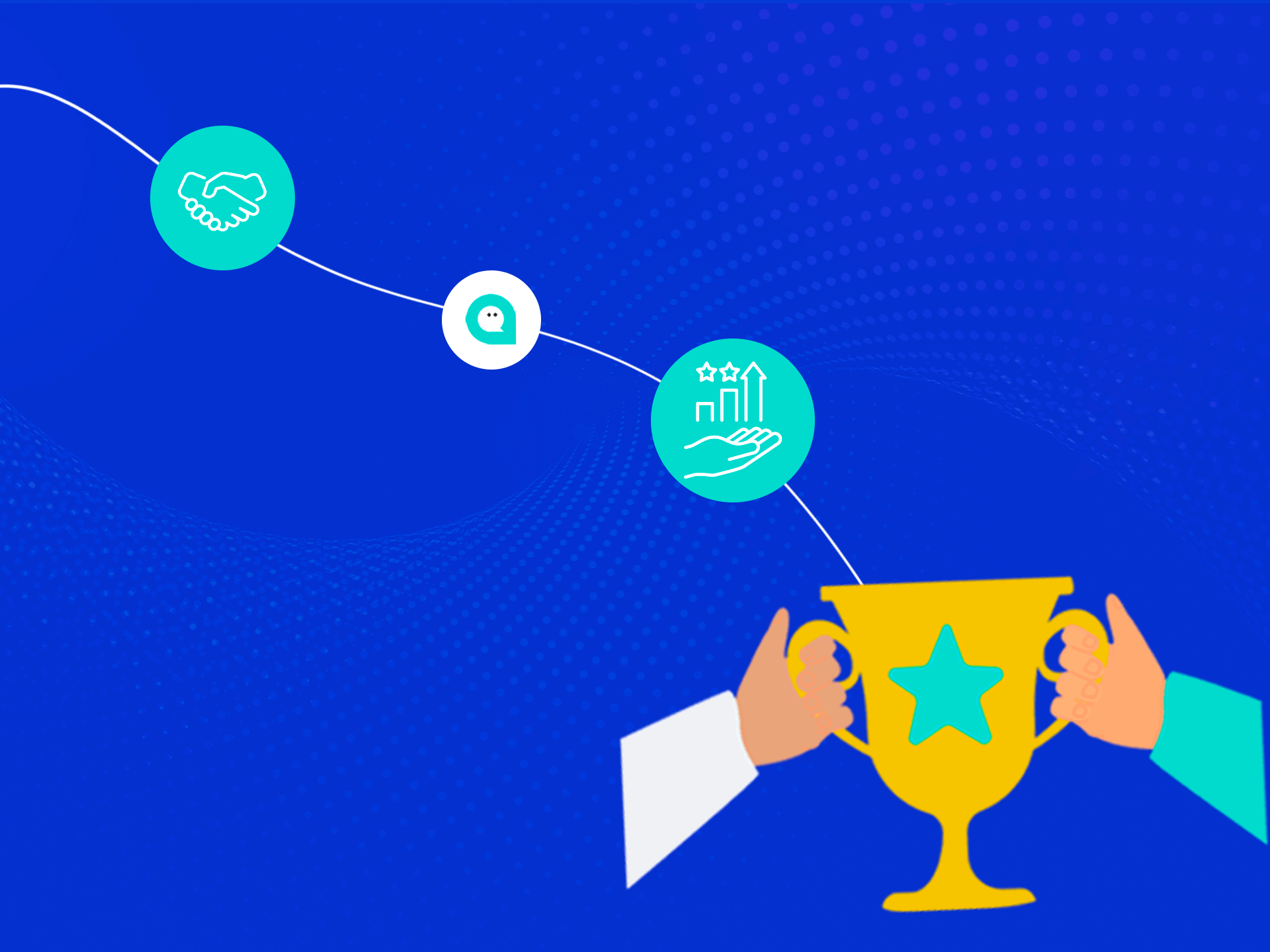Customer care represents one of the main points of contact between companies and customers. Every day, companies receive a large number of support requests from users, which may relate to technical problems, inquiries, or complaints.
Therefore, to provide effective customer service, they must be able to respond to their customers' needs quickly and efficiently. In this context, predictive analysis (predictive analytics) can be a sure-fire solution to improve the customer experience.
What is Predictive Analysis Applied to Customer Care
Predictive analysis in a contact center environment is a data analysis method that uses advanced algorithms to predict customer behaviors and future needs.
This technology is based on processing large amounts of historical data collected from different sources on different interaction and contact channels. This way, predictive analysis can identify patterns and trends to help hypothesize future customer behavior and can be used to identify common problems so as to improve the quality of customer service.
How Predictive Analytics Works
Predictive analysis in customer care is basically structured into three main phases: data collection, data analysis and prediction of results.
- Data collection: historical data from customers are captured, such as their purchases, conversations they have had with contact center operators, their preferences and feedback provided, interactions made on social media or emails sent.
- Data analysis: at this stage, advanced algorithms are leveraged to detect patterns and trends in the collected data. By doing that, predictive analysis can predict the future behavior of customers and provide customized solutions to meet their needs.
- Predicting outcomes: finally, the results obtained are used to create models that predict customer needs and provide ad hoc responses to these demands and issues. For example, if predictive analysis reveals the possibility that a customer needs technical assistance on a specific product, the company will have a way to contact him or her to provide useful information and provide the necessary help.
In this way, companies can provide more efficient and personalized customer care service.
Applications of predictive analysis in customer service
Predictive analysis can be used in a variety of ways in the contact center environment: for example, in conjunction with the use of chatbots based on artificial intelligence (AI) to anticipate customer questions and provide quick and accurate answers. The resulting models can also be used to identify common problems and to predict what the best solutions might be. As a result of that, customers can receive immediate and personalized support without having to wait for an operator.
Another example is the use of predictive analysis to predict a user's churn, that is, the likelihood that a customer will decide to stop using the company's services. By analyzing the data received, such as purchase frequency, average purchase value, and length of relationship with the company, it is possible to predict which users might decide to stop using a brand or product and take preventive measures to maintain their loyalty.
In addition, predictive analysis can be used to identify "high-spending" customers and offer them personalized and superior service. By doing data analysis, companies can identify the customers who generate the most profit and take measures to maintain their satisfaction and loyalty.
Benefits of predictive analysis in customer care
Predictive analytics as a method of customer service management is obviously a relatively new way of approaching issues related to its consumers, but nevertheless it can bring clear and immediate benefits to companies that rely on it. Among the most visible benefits will surely be found:
- Improving the customer experience: predictive analysis enables personalized solutions to be delivered in a timely manner, improving the customer journey and increasing customer satisfaction.
- Reduce customer care costs: anticipating customer problems and then quickly finding a tailored solution reduces the number of service requests and the time spent by customer care representatives.
- Increase customer loyalty: providing ad hoc solutions to customers quickly increases customer satisfaction and brand loyalty.
Technology serving the customer
In conclusion, predictive analysis represents an increasingly important technology for customer care companies. Because of its ability to analyze historical data and predict future customer needs, it can help companies provide more efficient, personalized service targeted to the specific needs of their users. And as we have seen, a direct consequence of this method is reduced costs and better use of time and resources for the companies themselves.
However, it is important to remember that predictive analysis is only a method applied and that the quality of predictions depends on the quality of the data used and the accuracy of the algorithms. To achieve the best results, it is necessary to invest in collecting and analyzing data and training algorithms for machine learning.
In addition, the choice to use predictive analysis must go hand in hand with clear ethical choices. Companies must inform customers about the use of their data and ensure that data are used only to improve the customer experience and not for any other purpose.
XCALLY and Predictive Dialing
Also XCALLY, the omnichannel suite for contact centers leverages predictive analytics to manage some of its services. Specifically in Predictive Dialing, an outbound dialer exploits a "predictive interval" between calls to collect statistics and predict the number of contacts to be called, optimizing the process by analyzing historical data.
Through a progressive machine learning system, the algorithm learns how calls are handled, collecting real data and providing statistics that increase the efficiency of the procedure.



